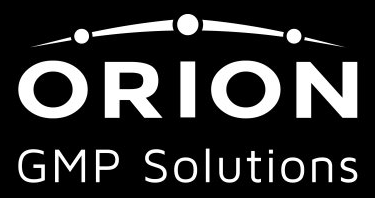Extracts as a product are becoming more and more popular due to their versatility. These can either be consumed directly as a high potency acute dose, or used as material for dilution into other products. However, one aspect that is commonly overlooked is part of their other name as “concentrates”. Not only does extraction concentrate the desirable components such as cannabinoids and terpenes, but it also concentrates things like pesticides, heavy metals, and pigments as much as 10X what they were in the finished buds. In practice processing finished bud to an extract may fail testing. This would be especially likely in the event of buds that are dangerously close to being over the regulatory limit. Fortunately, again in the cannabis industry we can solve these problems with chemistry, and proven technology from pharmaceutical production.
Imagine the scenario of being a post-processor preparing a batch of extracts. They acquire the previously mentioned buds that barely passed compliance and are left with non-compliant concentrates. This sudden conversion to non-compliance represents sudden (not permanent!) lost revenue from equipment time, solvents, and technician wages. How do you recoup those profits? By using a system of color remediation, removal of heavy metals, solid phase extraction, and chromatography even the crudest of non-compliant extracts can be reclaimed to a high quality standard. The success of using a system like this depends on the equipment available, knowing the nature of the contaminates, and using analytical feedback to refine the art of chromatography. Due to the variance in cannabis as an extract material and the multitude of contaminates; remediation will require slightly varied approaches and methodology. For example, analysis (via LC-MS/MS) to identify the pesticides will determine much of the parameters for successive removal during sample prep and chromatographic fractioning. It is also just as important to be able to assay success in removal of contaminates. Luckily to make a lot of this possible cannabinoids and terpenes have properties that make them easy to separate from the largely polar halogenated pesticides. By properly conditioning a reverse phase solid phase extraction column you can wash most polar compounds away while at the same time concentrating our desired cannabinoids and terpenes. This concentrated fluid is then applied to a flash column for initial bulk separation and or refined with preparatory instruments like HPLC or CPC. A commonality with these purification techniques is the ability to separate the whole sample across an array of test tubes. After analysis you might find the first 10-15 tubes contain your remaining polar contaminates. Then it would be possible to combine all the tubes remediated of contaminates to make a high quality full spectrum extract or refined pure isolates. Alternatively at that stage you could remove the THCA/THC for creating CBD products in jurisdictions with harsher laws, and sell the THCA/THC refined isolates in your legal market.
As the cannabis industry grows there will be a greater need for supporting services such as skilled product remediation alongside traditional extraction facilities. This is a great opportunity to offer many important services while having the ability to produce your own products as business demands flux. If you currently have the challenge of remediating non-conforming products, troubleshooting a difficult reaction mixture separation, or are interested in possibly starting your own extract related business contact us at [email protected]


Leave a Reply